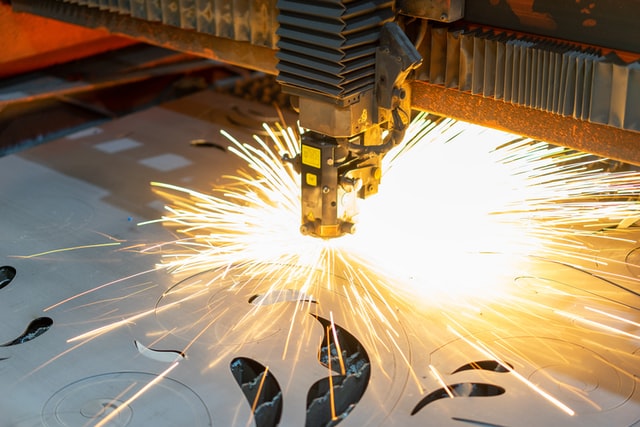Three Things to Consider in Custom Prototype Manufacturing
If you’re in design and manufacturing, prototypes can make or break your business. The right prototype can convince investors to fund your product; the right prototype can tell you whether consumers will actually buy your product; the right prototype is essential if engineers are to figure out how to manufacture your product.
Without question, prototyping is the most cost-effective way to take your product from the design stage to store shelves. That doesn’t mean the prototyping process is cheap, though, and it can be especially costly if you don’t make the proper decisions as you go through it.
What are those decisions you need to make? Well, they fall primarily into three categories: materials, design, and development.
Materials
Often one of your first decisions is what materials to use. In fact, you can create prototypes from a whole range of materials, including
- polyurethane
- carbon fiber
- glass fiber
- silicones
- aluminum
- steel
- wood
- thermoplastics
Each of these materials has its own benefits and drawbacks. Metal prototypes, like those made from aluminum or stee,l for instance, are strong and give a precise sense of the finished part or product you’re trying to create. However, working with metal requires time, energy, and ultimately money. Polyurethane prototypes, on the other hand, are cheaper to make. They’re also more versatile. You can, for example, add color to a polyurethane prototype or select very precise shore hardness. Yet, these prototypes lack the precision look you can get with metal.
Process
In addition to selecting the right material, you must consider which process is going to be best for creating your prototype. There are basically two methods: CNC machining and 3D printing.
CNC or Computer Numerical Control, is a subtractive process: that is, you begin with a piece of aluminum, or wood, or plastic, and use machining tools to cut away excess material until your part or product is revealed. A computer program tells these tools precisely where to cut. A CNC aluminum service, for instance, can produce anything from a new kind of bike chain to a tiny rotor for a new watch design. In each case, the prototype should give a realistic sense of how the final manufactured product might behave.
3D printing is a much newer prototyping process. It actually works in completely the opposite way from CNC machining, adding rather than removing layers to create the final product. As a result, 3D printing does have some advantages over CNC machining. For instance, 3D printing can produce completely airtight hollow structures. 3D printing also works better at sculpting interior angles and curves. However, the finished product generally doesn’t have the same strength as a CNC machined object.
Finally, it is worth knowing that either of these approaches can be used to create a master cast silicone mold, into which material can be rapidly injected to create multiple copies of the same object.
Development
In the end, decisions about prototypes frequently come down to where you are in the development process. Obviously, you want to employ the most cost-effective solutions. This often means you want to create cheaper prototypes earlier in the process using simpler processes and cheaper materials. After all, in the earlier stages, you don’t typically want to invest a great deal of money until you know the concept will work. As you near the need for functional, working prototypes, on the other hand, your prototype may need to closely resemble the manufactured version in both material and process, since it may need to satisfy very specific engineering guidelines to demonstrate it will work.
Thinking it All Through
In the end, these three decisions are all closely interconnected, and you should recognize that the best prototyping strategies consider all of them in relationship to one another. You may be more concerned, for example, about the look of your product than how it functions. So you might need a visual prototype early in the design process to market test and fine-tune its appearance. On the other hand, looks may be the very least important element of the final product, and a visual prototype can wait until somewhere in the middle of the process.
What’s most important, then, is to understand how these three different decision areas work together, and to carefully design a strategy to make the most of each aspect of the prototyping process.




